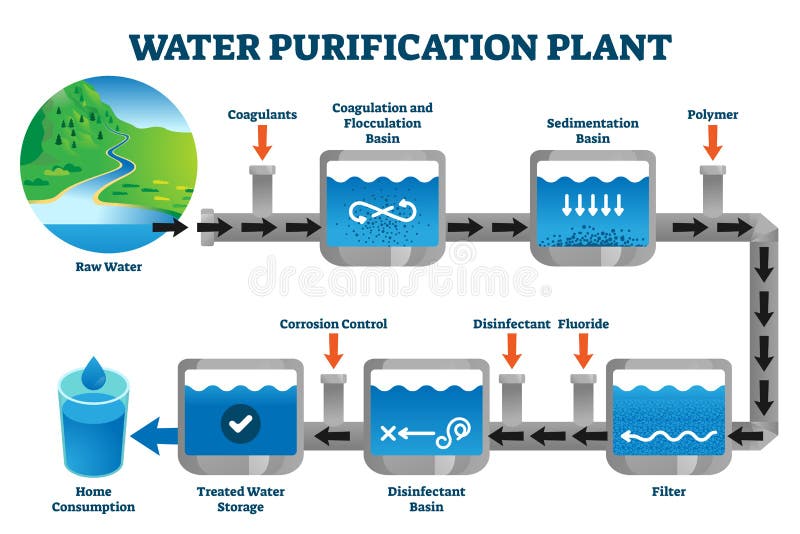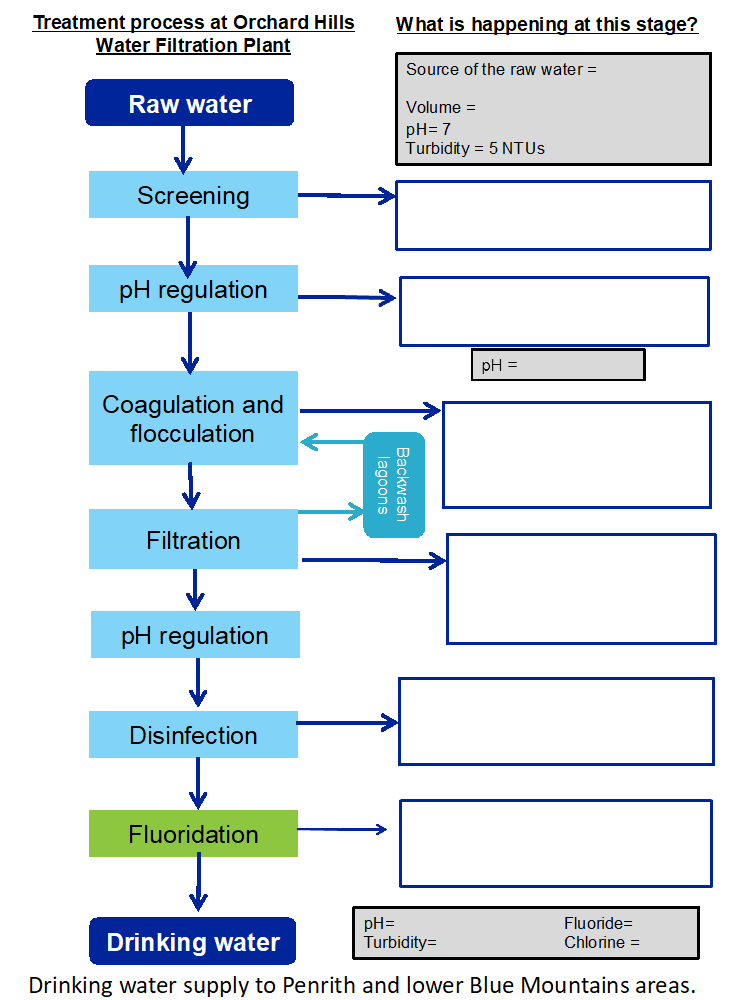All about Residential Water Treatment System
Table of ContentsThe Of Residential Water Treatment SystemResidential Water Treatment System Can Be Fun For Anyone6 Easy Facts About Residential Water Treatment System DescribedSome Known Factual Statements About Residential Water Treatment System
5)5. 1 The requirement for massive water treatment, Water treatment is the procedure of removing all those substances, whether organic, chemical or physical, that are possibly damaging in supply of water for human and residential usage. This treatment assists to produce water that is risk-free, palatable, clear, colourless and also odourless. Water also needs to be non-corrosive, suggesting it will certainly not create damages to pipework.This creates a need for large volumes of secure water to be supplied dependably as well as consistently, as well as this need is expanding. As urban populations boost, there is a requirement to locate new sources to satisfy the expanding demand. If groundwater is offered this can often be used with minimal therapy yet any type of surface area water resource will require to be dealt with to make it safe.
6 explains how this calculation is made but first you will look at the main stages in the water treatment procedure. 2) in large-scale water treatment for urban municipal water supply (Abayneh, 2004).

The Of Residential Water Treatment System
Right here the water is carefully mixed by paddles in a flocculation basin (Figure 5. 5) as well as the flocs enter into contact with each other to develop bigger flocs. The flocculation container commonly has a variety of compartments with reducing mixing speeds as the water breakthroughs via the basin (Number 5.
5 Filtration, Filtration is the process where solids are separated from a fluid. In water treatment, the solids that are not separated out in the sedimentation container are gotten rid of by passing the water with beds of sand and crushed rock.
7), with a flow price of 48 cubic metres per square metre of filter surface area per hr (this is composed as 48 m3 m2 h1) are frequently used. When the filters are full of trapped solids, they are backwashed. In this process, tidy water as well as air are pumped in reverse up the filter to displace the caught contaminations, and the water lugging the dirt (referred to as backwash) is pumped right into the sewage system, if there is one.
6 Chlorination, After sedimentation, the water is disinfected to remove any remaining pathogenic micro-organisms. The most generally utilized anti-bacterial (the chemical used for disinfection) is chlorine, in see this page the type of a fluid (such as sodium hypochlorite, Na, OCl) or a gas.
Residential Water Treatment System Things To Know Before You Buy
The amount of chlorine left hereafter is called residual chlorine. This remains in the water completely through the distribution system, safeguarding it from any kind of micro-organisms that might enter it, up until the water reaches the customers. World Wellness Organization Guidelines (THAT, 2003) suggest a maximum recurring chlorine of 5 mg l1 of water.

7 Supplementary therapy, Extra therapy may often be needed for the benefit of the population. One such instance is the fluoridation of water, where fluoride is contributed to water. It has been mentioned by the Globe Health And Wellness Organization that 'fluoridation of water supplies, where possible, is the most efficient public wellness measure for the avoidance of dental decay' (WHO, 2001).

How Residential Water Treatment System can Save You Time, Stress, and Money.
5 mg l1. What does excess fluoride in the water lead to? As mentioned in Research study Session 2, in children it can create spotting of teeth as well as extended exposure can cause skeletal fluorosis as well as crippling. In such high-fluoride areas, elimination or decrease of fluoride (called defluoridation) is essential. The most basic method of doing this is to blend the high-fluoride water with water that has no (or very little) fluoride so that the last blend is secure - residential water treatment system.
The 2 chemicals are added to as well as swiftly blended with the fluoride-contaminated water as well as after that the water is stirred delicately. 5.3 Administration of wastes from water treatment plants, From the water therapy process that you have simply examined, make a checklist of the different wastes that emerge.
In the latter it is included in the incoming sewage, where it can aid negotiation of solids. The backwash from the sand filter is discharged right into the sewer or gone back to the river after negotiation of solids. Product packaging waste such as chemical drums can be returned to the vendor for reuse.
5.4 Sustainability and strength in water treatment, In my company Study Session 4 you review concerning some variables that can affect the sustainability of a water resource. Decreasing dirt erosion by growing trees and also keeping plant life can reduce the quantity of silt that gathers in a storage tank as well as prolong its life. residential water treatment system.